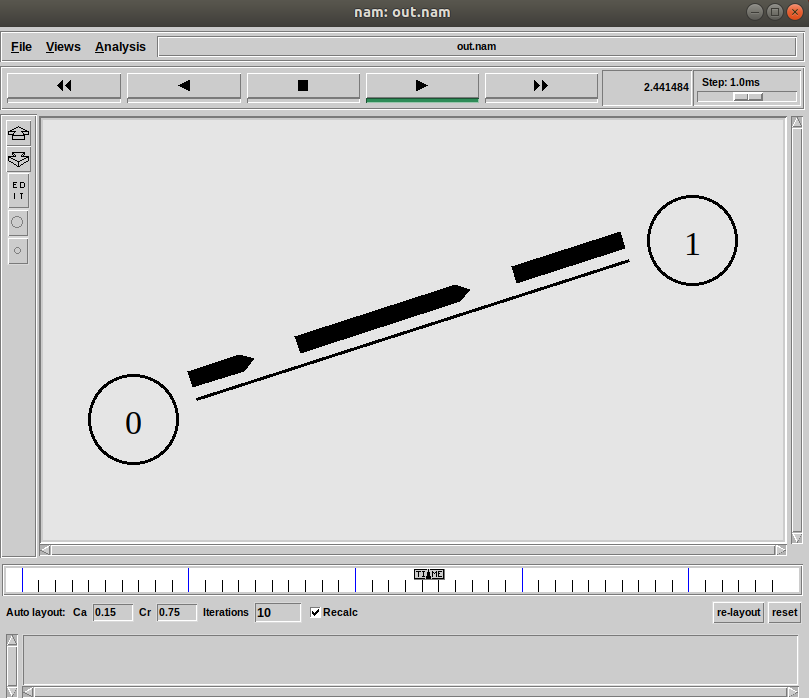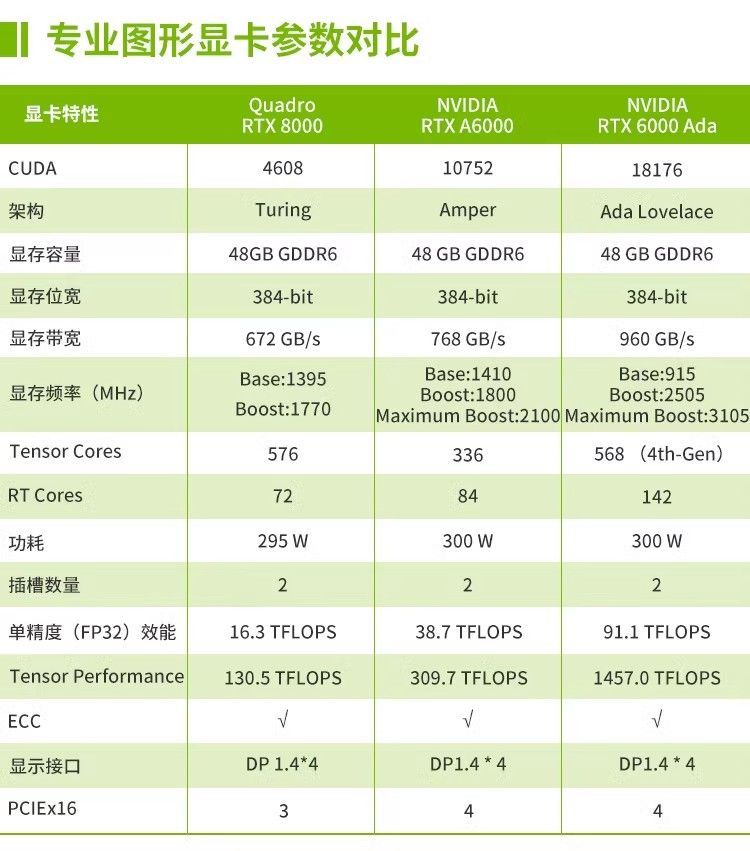< template>
< svg : class = "svgClass" aria- hidden= "true" >
< use : xlink: href= "iconName" : fill= "color" / >
< / svg>
< / template>
< script>
export default defineComponent ( {
props: {
iconClass: {
type: String,
required: true
} ,
className: {
type: String,
default : ''
} ,
color: {
type: String,
default : ''
} ,
} ,
setup ( props ) {
return {
iconName: computed ( ( ) => ` #icon- ${ props. iconClass} ` ) ,
svgClass: computed ( ( ) => {
if ( props. className) {
return ` svg-icon ${ props. className} ` }
return 'svg-icon'
} )
}
}
} )
< / script>
< style scope lang= "scss" >
. sub- el- icon,
. nav- icon {
display: inline- block;
font- size: 15 px;
margin- right: 12 px;
position: relative;
}
. svg- icon {
width: 1 em;
height: 1 em;
position: relative;
fill: currentColor;
vertical- align: - 2 px;
}
. menu- svg {
width: 1.4 em;
height: 1.4 em;
position: relative;
fill: currentColor;
vertical- align: - 2 px;
}
< / style>
import SvgIcon from "@/components/SvgIcon" ;
const msg = ( name ) => {
ElMessage ( {
message: ` 正在执行 ${ name} 任务 ` ,
icon: SvgIcon,
customClass: 'custom-message' ,
dangerouslyUseHTMLString: true ,
} ) ;
}
.custom-message {
background : url ( '../../../assets/images/alert-bg.png' ) ;
background-size : 100% 90%;
border : none;
top : 50px !important ;
width : 365px;
}




















